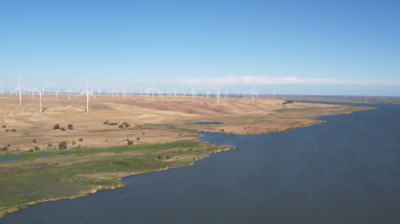In Ominous Sign, Net Migration to Bay Area Turns Negative; First Time in a Decade
In an ominous sign for the Bay Area economy and labor market, net migration to the region turned negative for the first time in over a decade. In other words, more people are leaving than coming. According to analysis by the Bay Area Council Economic Institute using new U.S. Census data, the Bay Area lost 54,000 residents to other states in the U.S. International immigration was unable to make up for the losses, dropping by 10,000 from 2017 to 45,000. Overall, the rate of Bay Area population increase in 2018 continues a trend of slowing growth for the nine counties. The region added just 21,000 people in 2018 compared with 103,000 in 2013.
The new data offers troubling signs of potential workforce challenges in the future that might cause employment growth rates to be lower than they otherwise would be. Population numbers also are highly correlated with economic numbers, and the slowdown in growth means fewer people spending money.
Only natural increases—births versus deaths—managed to keep the population growth numbers positive. However, the analysis found that the live birth rate per 1,000 people has fallen from 12.1 in 2011 to 10.9 in 2018 within the nine-county region. The confluence of slowing international immigration to the region, increasing domestic emigration from the region, and a dropping birth rate signal a potential for future declines in the region’s overall population.
Looking to the Northern California Megaregion, the six counties of the Greater Sacramento Region added 26,000 residents, though this level of growth is slower than in 2017. Sacramento County, in particular, posted strong growth. In the three-county Northern San Joaquin Valley, the population grew by 18,000, benefiting from the trend of former Bay Area residents moving eastward to San Joaquin County in search of affordable housing.





